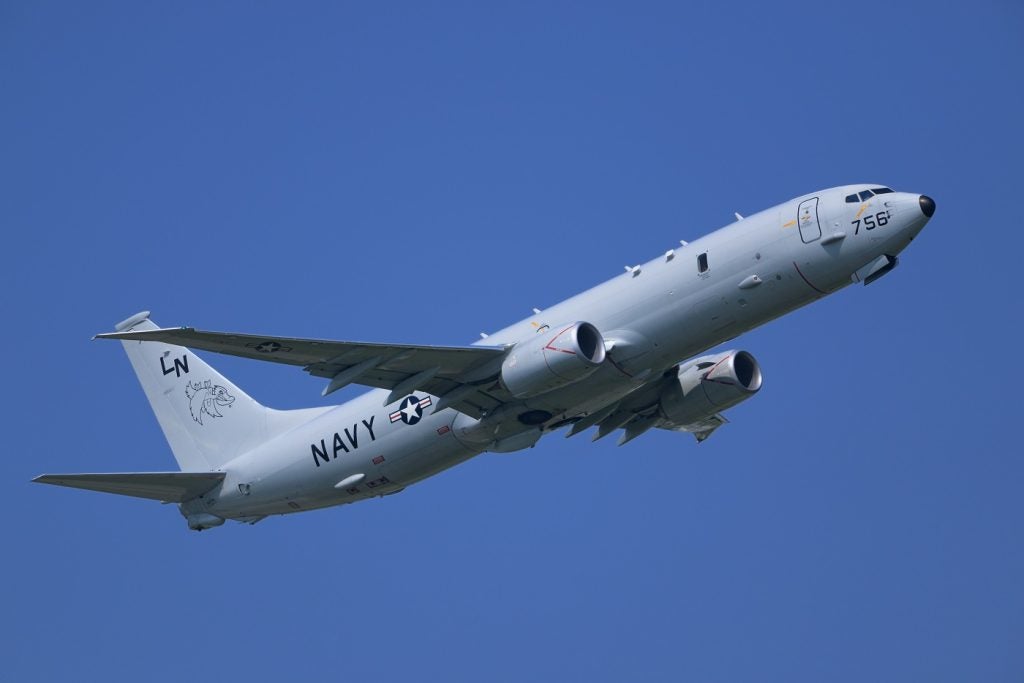Viasat, a global communications company, has announced that it has gained $80m in awards to develop Active Electronically Scanned Array (AESA) systems for defence applications in the land, maritime and space domains.
AESA is a computer-controlled array antenna that provides flexibility and resilience in support of military platforms. The system sends out beams of radio waves that the computer electronically steers to point in different directions. The technology is typically used for radar. AESA radars can spread their signal emissions across a wide range of frequencies, which makes them more difficult to detect over noise. This allows ships and aircraft to radiate powerful radar signals while remaining stealthy and resistant to jamming.
The California-based company is leveraging commercial AESA phased array antenna technology and products to meet these demanding defence requirements.
The UK Royal Air Force has similarly adopted the European Common Radar System Mk2 AESA radar for its fleet of Typhoon fighters, which perform various roles as a multi-purpose aircraft, in the same way Viasat uses its AESA tech to operate its range of sensors and communications.
The planned developments will extend and adapt Viasat’s existing phased array technology to support defence needs, providing end users with scalable and flexible capabilities.
Improving AESA communication performance
Dr. Jeanne Atwell, General Manager for Viasat Arizona Operations, explained that “these awards will advance the… multi-function AESAs and these developments promise to improve the performance of a myriad of sensors, satellite communications, and line of sight communication systems operating in the most demanding of conditions across multiple domains.”
Radio communications are the most popular form of communications for both military and civil areas. Enhancing the ability for militaries to correspond across all defence domains – with the company pursuing in-orbit space relay connectivity for its ARABLEST programme or with its Black ICE SDR modem solutions, which integrates commercial off-the-shelf and custom waveforms, allowing secure data transmission for mission-critical operations – will disrupt the communications market.
Despite these developments, there remains other emerging technologies that may have a more disruptive impact on the market: optical communications. Private sector startups such as the Lithuanian company Astrolight are beginning to encourage the adoption of this alternative method of communications – particularly in space-to-ground communications – by making the tech infrastructure more simple and more cost-efficient.











